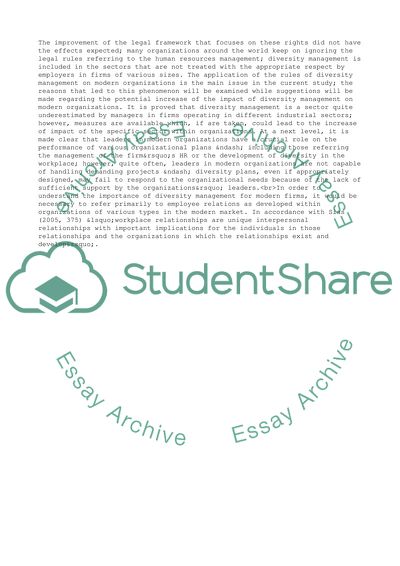Cite this document
(Characteristics And Implications Of Diversity Management Research Paper, n.d.)
Characteristics And Implications Of Diversity Management Research Paper. Retrieved from https://studentshare.org/management/1731019-diversity-management
Characteristics And Implications Of Diversity Management Research Paper. Retrieved from https://studentshare.org/management/1731019-diversity-management
(Characteristics And Implications Of Diversity Management Research Paper)
Characteristics And Implications Of Diversity Management Research Paper. https://studentshare.org/management/1731019-diversity-management.
Characteristics And Implications Of Diversity Management Research Paper. https://studentshare.org/management/1731019-diversity-management.
“Characteristics And Implications Of Diversity Management Research Paper”, n.d. https://studentshare.org/management/1731019-diversity-management.


